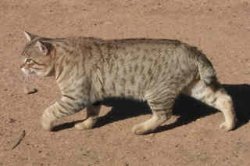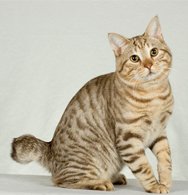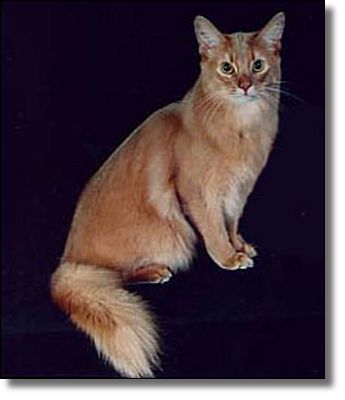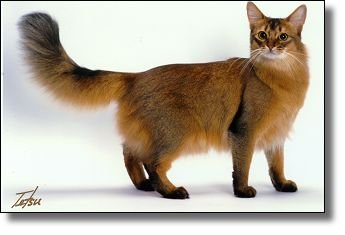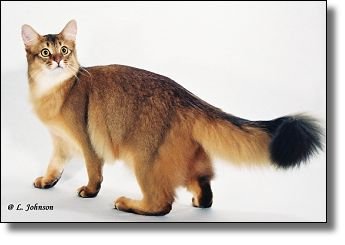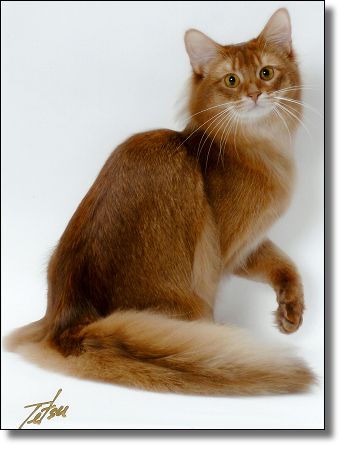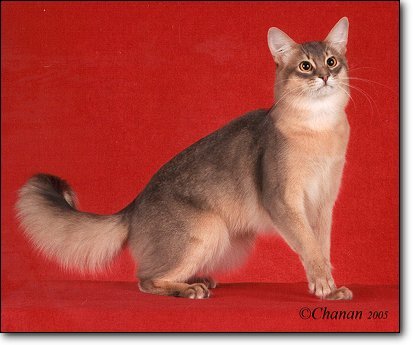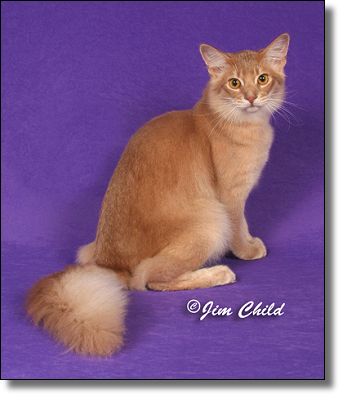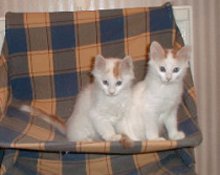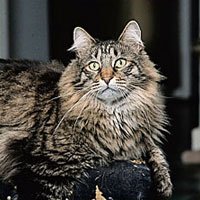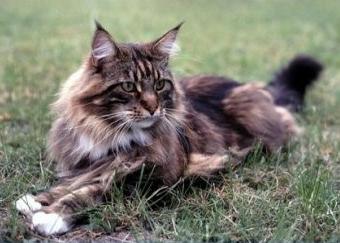Tania
IB Expert
- Messages
- 2,555
- Reaction score
- 310
- Gender
- Female
- Religion
- Christianity
My version was much better :giggling: The men always like the news, they could entire day talk about news. Don't forget to read your rep^^Lol the news is "me." I was playing with em b4 i took the pic. He was actually about to go to sleep lol.

